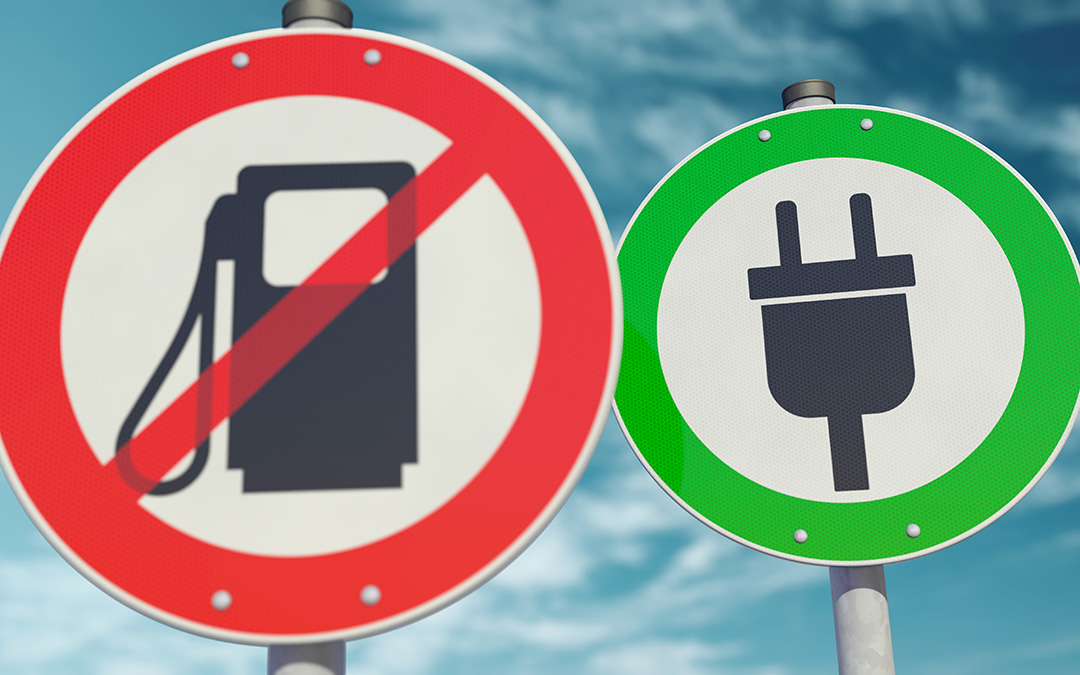The European market for electrically powered trucks is growing. Not least because the pressure on haulage companies to reduce their CO₂ emissions is increasing. But while more and more fleet managers would be willing to switch at least partially to electric trucks, the charging infrastructure is still lagging behind. We reveal the current state of charging infrastructure in Europe and what this means for you as a fleet manager.
Ambitious goals
Due to their size and because they often travel long distances, electric trucks require special charging facilities that are significantly more powerful than those for cars. The EU has recognized the problem and has set ambitious targets: The AFIR Directive (Alternative Fuels Infrastructure Regulation), for example, stipulates that charging points for trucks should be found as a minimum every 60 kilometers along the most important intra-European routes by 2030.
The requirement for this is that the CPOs (Charge Point Operators), i.e. the major players such as IONITY, Allego or Fastned, expand their fast-charging networks and develop specific solutions for commercial vehicles. At the moment, however, they are still a long way from a nationwide truck charging network. This repeatedly presents fleet operators with challenges, especially in cross-border traffic.
 Moving in the direction of electromobility. Photo: Continental
Moving in the direction of electromobility. Photo: Continental
Developments in individual countries
Progress in European countries varies greatly. Here are a few examples:
Germany
Germany is playing a pioneering role in expanding the charging infrastructure for e-trucks. In 2023, there were around 800 charging points specifically for trucks, and the federal government plans to massively increase this number. The Deutschlandnetz initiative has set the goal of creating a nationwide network of charging points. It is particularly focusing on high-power charging stations along freeways to ensure that e-trucks are supplied with power.
The Netherlands
The Netherlands is in a comparatively good position today and has already built up a considerable density of charging stations for e-trucks. Rotterdam and Amsterdam are pushing ahead with the expansion of urban charging infrastructures in order to electrify local distribution traffic. The country is also pushing ahead with the construction of fast-charging hubs along the most important transport routes.
France
France, on the other hand, is still lagging somewhat behind in the development of truck charging infrastructure. However, the government has promised to invest several billion euros in order to significantly expand the network by 2030. A number of fast-charging stations are to be built along the Paris-Lyon-Marseille axis in particular. At present, the focus is still on charging points for light commercial vehicles. But this could soon change.
Scandinavia
Scandinavian countries such as Norway and Sweden are leading the way in the electrification of commercial vehicles. In Norway, there are already several e-truck fast charging stations along important transport corridors. Sweden is also testing innovative concepts such as the electrification of highways (eRoads), which enable charging while driving.
Austria and Switzerland
Austria and Switzerland are also investing heavily in charging infrastructure for heavy goods vehicles. In Switzerland, the focus is on corridors close to the border and urban charging points, while Austria is increasingly creating charging points along the Alpine routes in particular.
What this means for you
Country-specific planning: When planning your route for e-trucks, it is essential that you know and take into account the degree of expansion of the charging infrastructure in the individual countries. For example, it is easier to use e-trucks efficiently in Germany and the Netherlands than in southern or eastern Europe. There, additional measures are often required to either maximize the range of your trucks or to find alternative charging points.
Kooperationen mit CPOs: Cooperation with CPOs: Close partnerships with charging infrastructure providers pay off. Many offer customized solutions for companies. They can help you to electrify your fleet with minimal effort. For example, through private charging points at strategic locations in your company.
Future-oriented investments: As a fleet operator, you should also think about long-term developments. It is worth investing in your own charging infrastructure, especially at logistics centers or locations that are regularly visited by your e-trucks. You should also plan your fleet so that it benefits from future developments such as the planned high-power charging stations along the central European corridors.
Use support programs: Many European countries offer funding programs to financially support the development of charging infrastructures and the purchase of e-trucks. You should take advantage of these programs to make the switch to electric trucks as cost-effective as possible for you.
Invest with foresight
There are still huge national and regional differences in the charging infrastructure. If you want to switch to electric trucks in full or in part, take a close look at the conditions in your country and adapt your plans accordingly. Hint: It pays to invest with foresight. If you choose the right partners and technologies early on, you can benefit from the advantages of electrification in the long term and reduce your operating costs and CO₂ emissions at the same time.
Are you also thinking about electrifying your fleet? What does your decision depend on?


0 Comments